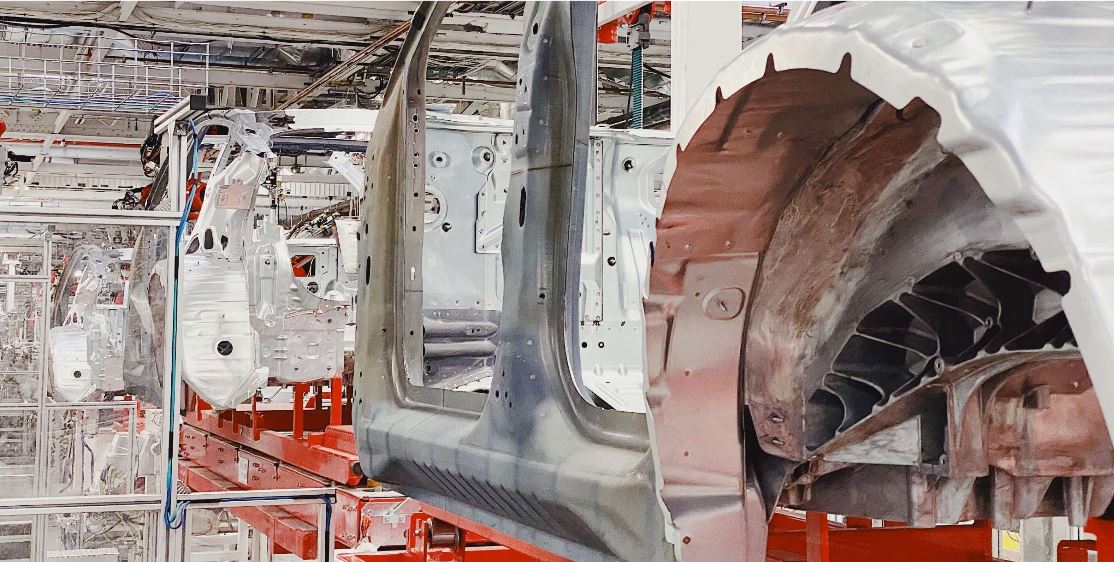
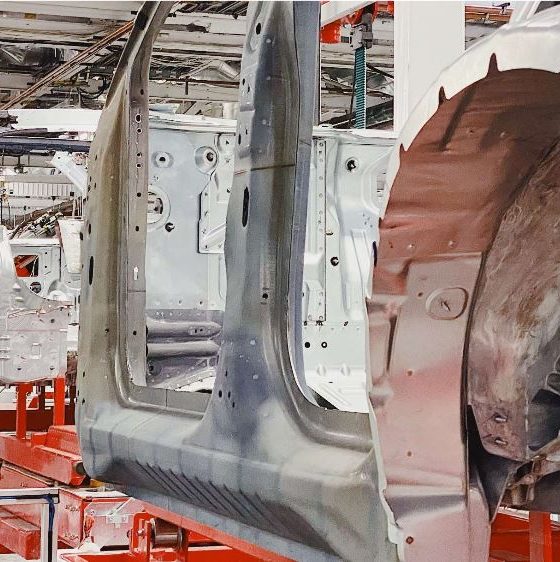
News
Tesla Model Y production at Giga Berlin will redefine ‘Elon Time’
Tesla has made strides in terms of adjusting the timeline of Model Y deliveries. From Fall of 2020, Elon Musk and his team moved it up to Summer this year. During the company’s Q4 2019 earnings call, the carmaker announced that the initial delivery of the much-awaited electric crossover will actually happen this March. This says a lot on how the Silicon Valley-based carmaker has matured through the years.
Tesla began limited production of the Model Y at its Fremont factory and it has also started building the next phase of Giga Shanghai meant for the production of the crossover SUV. Giga Berlin would be the next big thing and with its learnings from the Model Y program in Fremont and Shanghai, the production of the Model Y in Germany may help Tesla redefine “Elon Time.”
Biggest Room For Improvement
Tesla is undeniably the leader in the electric vehicle industry. Even automotive giants have acknowledged that Tesla is the standard that they need to catch up to.
Tesla has great products and a CEO with great vision but if there’s one aspect of business all loyal followers would love to see, it’s in the timely delivery of its vehicles. Depending on how efficient ongoing production is and how many standing preorders are to be served, waiting times could be a few weeks, to a month, to a few months, or even a year or so for products that are yet to be produced. Delays, such as those experienced by reservation holders of the Model X, have even inspired the meme-worthy moniker of “Elon Time,” a reference to the CEO’s optimistic target timeframes.
Tesla’s logistics does not depend on any third-party franchise dealerships like other automakers but rather its own stores and delivery centers. Elon Musk has continually strived to improve delivery times and part of the strategy is by bringing Tesla’s car factories to its customers. Thus, Giga Shanghai is set to give a strong foothold in the biggest automotive market in the globe. Then, there’s Giga Berlin that would cater to Germany and the rest of Europe.
“It kind of makes sense. But what we’re doing — or have been doing in the past was really pretty silly in making cars in California and then shipping them halfway around the world to Asia and Europe. And this created a lot of cost, because you got to ship those cars, so they got lot of finished goods, sitting on the order or waiting at the port or going through customs, you got tariffs, transport,” said Musk. This also addresses the complexity of fulfilling the build according to the regulations of different regions.
Tesla’s Transformation as a Mature Car Manufacturer
The Tesla Giga Berlin groundbreaking is expected to happen this March and Elon Musk hopes to flick the switch on of the first Gigafactory in Europe by July 2021 to begin the production of the Model Y for Germany and the rest of Europe.
Tesla has proven itself capable of sticking to timelines when it comes to building its Gigafactories. For example, It practically turned a muddy field in China into an operational car factory in 10 months. In Germany, it has been cooperating with federal and local authorities and has addressed concerns of environmental groups to get closer and closer to laying the first brick of Giga Berlin in Grunheide.
The more interesting thing to take note of is how Tesla outlined its goals for Giga Berlin.
“Phase 1 will focus on production of Model Y, with a target capacity of 10,000 vehicles per week. We estimate that during Phase 1, we will employ up to 12,000 people, with roles being filled by local residents and employees from wider Europe,” the Giga Berlin website reads.
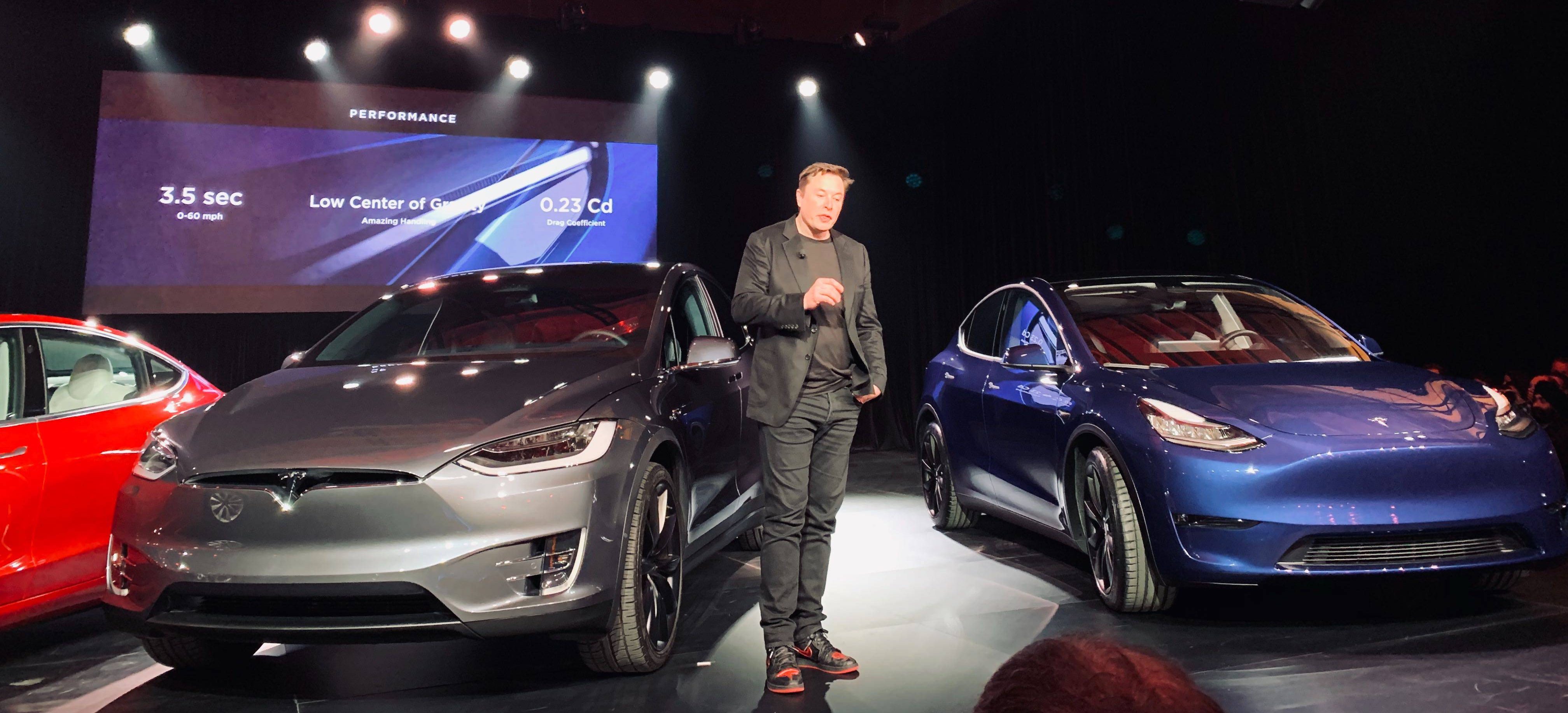
Manufacturing cars is far from making pancakes. Tesla’s Fremont factory has a current capacity of producing 400,000 combined Model 3 and Model Y units per year. Giga Shanghai, meanwhile, aims to do 150,000 vehicles annually. To do 10,000 units per week is a gargantuan task but realizing that Elon Musk has been underpromising and over-delivering when it comes to the Model Y, perhaps Tesla has indeed started using advanced manufacturing techniques that the CEO hinted at during a Model 3 event in Shanghai.
“Model Y will also have some advanced manufacturing technology that we will reveal in the future. I think it will be exciting to show the kind of manufacturing technology associated with the Model Y and it will be exciting to learn about these technologies,” Musk said.
No one exactly knows what these manufacturing technologies are but there are speculations that the Model Y will heavily rely on casting to quickly and efficiently produce the vehicle’s essential parts. This is also what’s suggested by earlier patents of the company.
The Model Y could be the first vehicle that demonstrates the company’s improving efficiency. It unveiled the Model Y prototype in March 2019 and it’s delivering the first units this month to consumers. This could partly be due to the Model Y sharing about 75% of its DNA with its Model 3 sibling, but it reflects Tesla’s manufacturing advancements nonetheless.
New Elon Time
If Giga Berlin remains on schedule and Tesla starts Model Y production in Germany, a country that highly values punctuality, on time, it could give its sales books a good boost as the vehicle is perfectly timed for Europe’s crossover growth. Sales of compact SUVs are forecasted to be flat this year with LCM Automotive predicting only about 2 million units in the segment as carmakers transition from older vehicles to electric vehicles. As Giga Berlin begins production of the Model Y, there is an expected uptick in demand with sales rising to 2.4 million units per year to about 2.8 million by the mid-2020s.
Beyond earnings, the redefinition Elon Time by a timely Model Y production and delivery will help Tesla gain the respect of other car manufacturers, the market, and investors. The new Elon Time would further prove why Tesla has the loyal following, and why it will be like that for a foreseeable future.

News
Man credits Grok AI with saving his life after ER missed near-ruptured appendix
The AI flagged some of the man’s symptoms and urged him to return to the ER immediately and demand a CT scan.

A 49-year-old man has stated that xAI’s Grok ended up saving his life when the large language model identified a near-ruptured appendix that his first ER visit dismissed as acid reflux.
After being sent home from the ER, the man asked Grok to analyze his symptoms. The AI flagged some of the man’s symptoms and urged him to return immediately and demand a CT scan. The scan confirmed that something far worse than acid reflux was indeed going on.
Grok spotted what a doctor missed
In a post on Reddit, u/Tykjen noted that for 24 hours straight, he had a constant “razor-blade-level” abdominal pain that forced him into a fetal position. He had no fever or visible signs. He went to the ER, where a doctor pressed his soft belly, prescribed acid blockers, and sent him home.
The acid blockers didn’t work, and the man’s pain remained intense. He then decided to open a year-long chat he had with Grok and listed every detail that he was experiencing. The AI responded quickly. “Grok immediately flagged perforated ulcer or atypical appendicitis, told me the exact red-flag pattern I was describing, and basically said “go back right now and ask for a CT,” the man wrote in his post.
He copied Grok’s reasoning, returned to the ER, and insisted on the scan. The CT scan ultimately showed an inflamed appendix on the verge of rupture. Six hours later, the appendix was out. The man said the pain has completely vanished, and he woke up laughing under anesthesia. He was discharged the next day.
How a late-night conversation with Grok got me to demand the CT scan that saved my life from a ruptured appendix (December 2025)
byu/Tykjen ingrok
AI doctors could very well be welcomed
In the replies to his Reddit post, u/Tykjen further explained that he specifically avoided telling doctors that Grok, an AI, suggested he get a CT scan. “I did not tell them on the second visit that Grok recommended the CT scan. I had to lie. I told them my sister who’s a nurse told me to ask for the scan,” the man wrote.
One commenter noted that the use of AI in medicine will likely be welcomed, stating that “If AI could take doctors’ jobs one day, I will be happy. Doctors just don’t care anymore. It’s all a paycheck.” The Redditor replied with, “Sadly yes. That is what it felt like after the first visit. And the following night could have been my last.”
Elon Musk has been very optimistic about the potential of robots like Tesla Optimus in the medical field. Provided that they are able to achieve human-level articulation in their hands, and Tesla is able to bring down their cost through mass manufacturing, the era of AI-powered medical care could very well be closer than expected.
News
Tesla expands Model 3 lineup in Europe with most affordable variant yet
The Model 3 Standard still delivers more than 300 miles of range, potentially making it an attractive option for budget-conscious buyers.
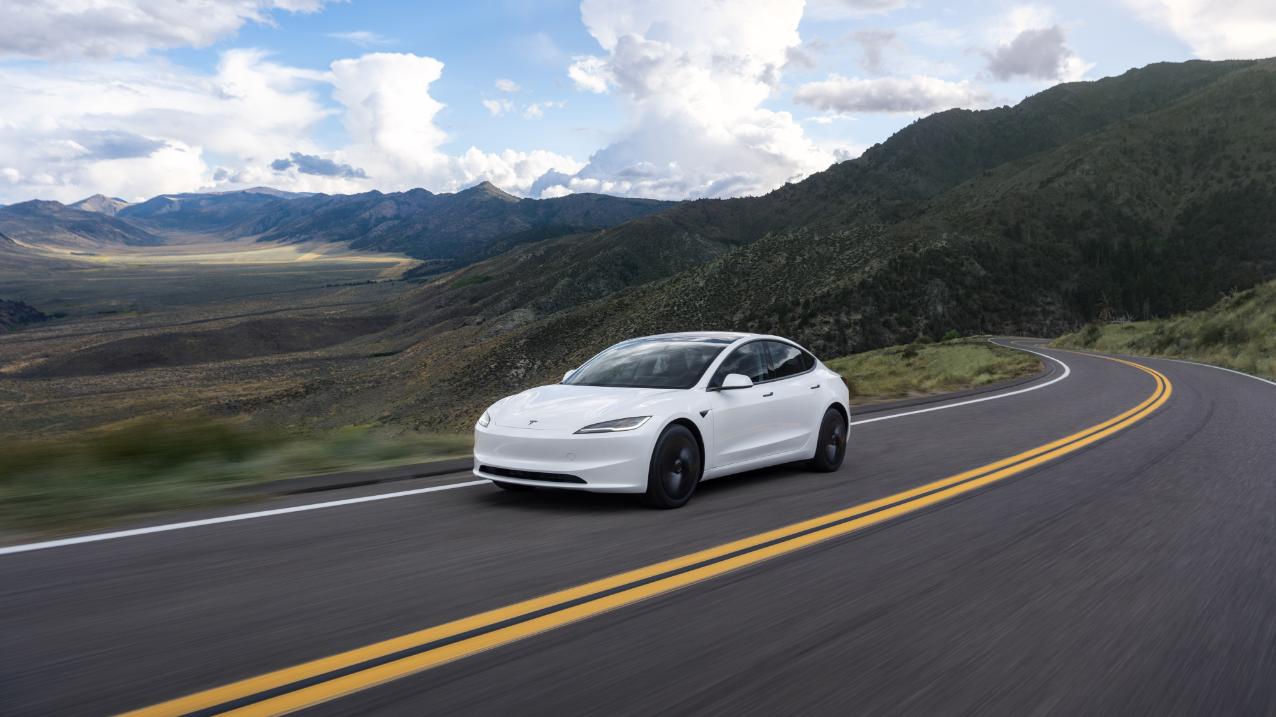
Tesla has introduced a lower-priced Model 3 variant in Europe, expanding the lineup just two months after the vehicle’s U.S. debut. The Model 3 Standard still delivers more than 300 miles (480 km) of range, potentially making it an attractive option for budget-conscious buyers.
Tesla’s pricing strategy
The Model 3 Standard arrives as Tesla contends with declining registrations in several countries across Europe, where sales have not fully offset shifting consumer preferences. Many buyers have turned to options such as Volkswagen’s ID.3 and BYD’s Atto 3, both of which have benefited from aggressive pricing.
By removing select premium finishes and features, Tesla positioned the new Model 3 Standard as an “ultra-low cost of ownership” option of its all-electric sedan. Pricing comes in at €37,970 in Germany, NOK 330,056 in Norway, and SEK 449,990 in Sweden, depending on market. This places the Model 3 Standard well below the “premium” Model 3 trim, which starts at €45,970 in Germany.
Deliveries for the Standard model are expected to begin in the first quarter of 2026, giving Tesla an entry-level foothold in a segment that’s increasingly defined by sub-€40,000 offerings.
Tesla’s affordable vehicle push
The low-cost Model 3 follows October’s launch of a similarly positioned Model Y variant, signaling a broader shift in Tesla’s product strategy. While CEO Elon Musk has moved the company toward AI-driven initiatives such as robotaxis and humanoid robots, lower-priced vehicles remain necessary to support the company’s revenue in the near term.
Reports have indicated that Tesla previously abandoned plans for an all-new $25,000 EV, with the company opting to create cheaper versions of existing platforms instead. Analysts have flagged possible cannibalization of higher-margin models, but the move aims to counter an influx of aggressively priced entrants from China and Europe, many of which sell below $30,000. With the new Model 3 Standard, Tesla is reinforcing its volume strategy in Europe’s increasingly competitive EV landscape.
News
Tesla FSD (Supervised) stuns Germany’s biggest car magazine
FSD Supervised recognized construction zones, braked early for pedestrians, and yielded politely on narrow streets.
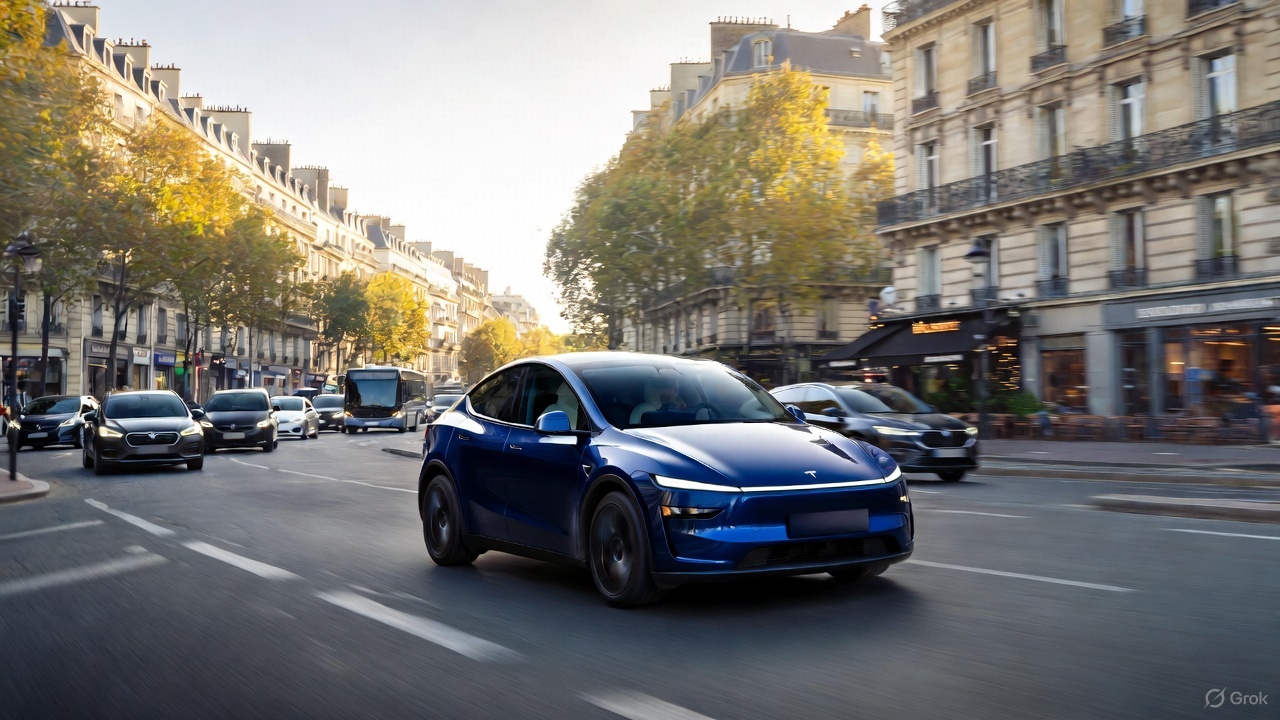
Tesla’s upcoming FSD Supervised system, set for a European debut pending regulatory approval, is showing notably refined behavior in real-world testing, including construction zones, pedestrian detection, and lane changes, as per a recent demonstration ride in Berlin.
While the system still required driver oversight, its smooth braking, steering, and decision-making illustrated how far Tesla’s driver-assistance technology has advanced ahead of a potential 2026 rollout.
FSD’s maturity in dense city driving
During the Berlin test ride with Auto Bild, Germany’s largest automotive publication, a Tesla Model 3 running FSD handled complex traffic with minimal intervention, autonomously managing braking, acceleration, steering, and overtaking up to 140 km/h. It recognized construction zones, braked early for pedestrians, and yielded politely on narrow streets.
Only one manual override was required when the system misread a converted one-way route, an example, Tesla stated, of the continuous learning baked into its vision-based architecture.
Robin Hornig of Auto Bild summed up his experience with FSD Supervised with a glowing review of the system. As per the reporter, FSD Supervised already exceeds humans with its all-around vision. “Tesla FSD Supervised sees more than I do. It doesn’t get distracted and never gets tired. I like to think I’m a good driver, but I can’t match this system’s all-around vision. It’s at its best when both work together: my experience and the Tesla’s constant attention,” the journalist wrote.
Tesla FSD in Europe
FSD Supervised is still a driver-assistance system rather than autonomous driving. Still, Auto Bild noted that Tesla’s 360-degree camera suite, constant monitoring, and high computing power mark a sizable leap from earlier iterations. Already active in the U.S., China, and several other regions, the system is currently navigating Europe’s approval pipeline. Tesla has applied for an exemption in the Netherlands, aiming to launch the feature through a free software update as early as February 2026.
What Tesla demonstrated in Berlin mirrors capabilities already common in China and the U.S., where rival automakers have rolled out hands-free or city-navigation systems. Europe, however, remains behind due to a stricter certification environment, though Tesla is currently hard at work pushing for FSD Supervised’s approval in several countries in the region.








